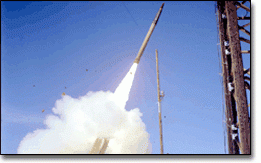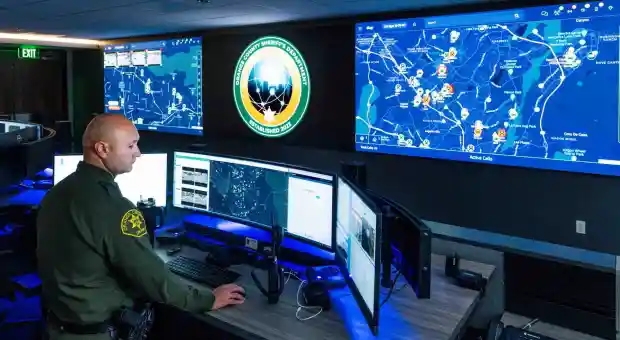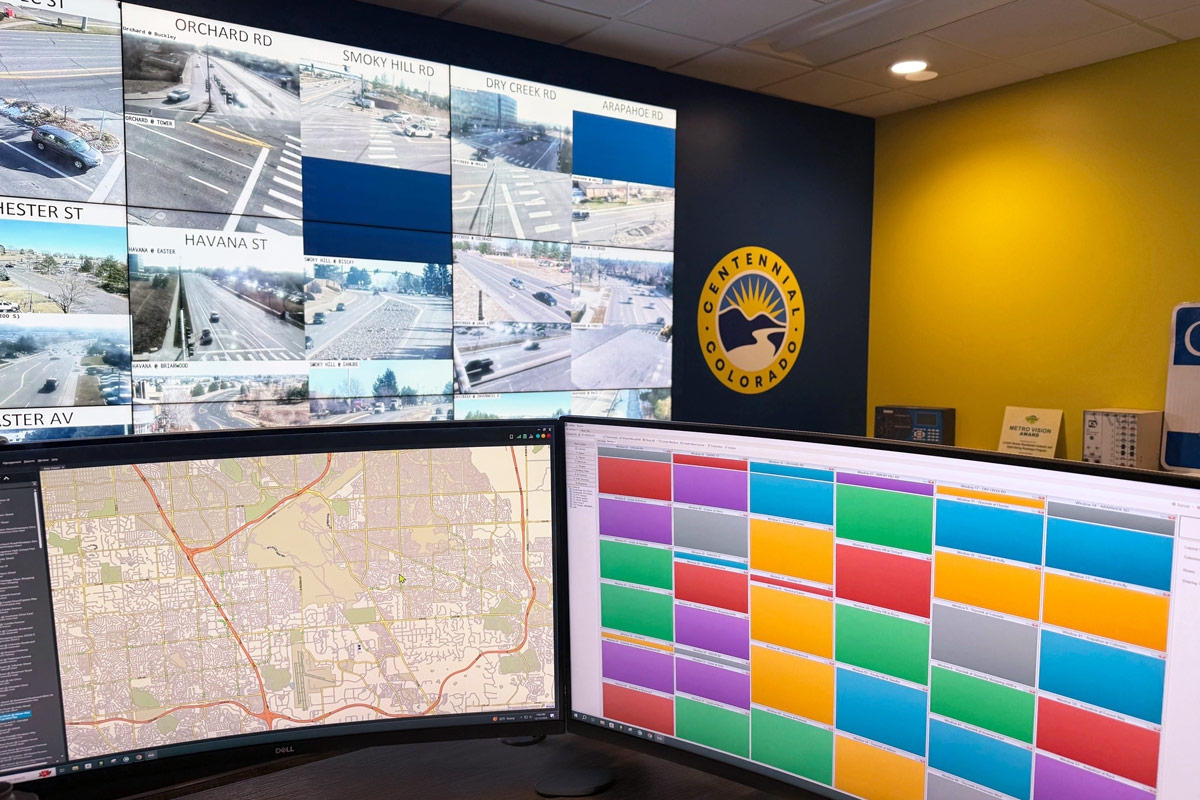RGB Spectrum's Recorders Support U.S. Missile Defense Program
Terminal High Altitude Area Defense (THAAD) is a United States Army missile defense system that destroys short, medium, and intermediate ballistic missiles while in flight using a hit-to-kill approach. A THAAD missile carries no warhead but relies on the kinetic energy of the impact to eliminate its target. THAAD is part of the U.S.'s Ballistic Missile Defense System (BMDS) which is designed to protect the United States, U.S. forward deployed forces, and allies from hostile ballistic missile attack. The U.S. has recently deployed the THAAD system to Guam in response to North Korean missile launch threats.
Over the past few years, the U.S. Missile Defense Agency (MDA) has been conducting flight tests on the THAAD system's intercept and destroy capability. To analyze the missile system's performance and effectiveness, the MDA uses RGB Spectrum's state-of-the-art DGy™ recording systems that have been deployed successfully in numerous missile system programs worldwide.
The RGB Spectrum DGy systems use advanced JPEG2000 compression to deliver visually lossless recording with the ability to reproduce intricate details. DGy codecs offer the unique advantage of recording every frame and the entire visible color gamut to preserve the THAAD system's complex symbologies for post-test analysis.
The THAAD system provides the Ballistic Missile Defense System (BMDS) with a globally transportable, rapidly deployable capability to intercept and destroy ballistic missiles inside or outside the atmosphere during their final, or terminal, phase of flight. The land-based THAAD is rapidly deployable and fully mobile to react quickly to emerging threats and priorities.
During low-endo-atmospheric live-fire missile tests, the DGy systems record test parameters, including telemetry measurements, missile trajectory and intercept data, radar, and other test variables. The recordings are then replayed in post-test reviews to analyze the performance, capabilities, and efficacy of the missile system.
Test operators can directly record imagery at up to 1920x1200 resolution at a real-time rate of 30 frames per second. Operators control the codecs from a PC using an embedded web-based graphical user interface. They can place event marks at key points during the test or in the after-action-review, for later random access to any point in the recording. Additionally, operators can transfer the test recordings over a network to other locations, such as the Pentagon, for further analysis.
RGB Spectrum's DGy™ recording and streaming technology is the de facto standard in mission-critical applications in command-and-control, missile testing, simulation, vessel and vehicle consoles, training, and C4ISR. High-profile installations include the F35 Joint Strike Fighter mission simulators, P-8 Poseidon WST and PTT trainers, simulators for the Global Hawk UAV, F-16 and F-22 aircraft, Apache, Kiowa, Chinook, and Blackhawk helicopters, and deployments on the U.S. Navy destroyer fleet, the Canada Navy frigate fleet, and the U.S. Missile Defense Agency THAAD and MEADS programs.
RGB Spectrum is a leading designer and manufacturer of mission-critical, real-time audio-visual solutions for a civilian, government, and military client base. The company offers integrated hardware, software, and control systems to satisfy the most demanding requirements. Since 1987, RGB Spectrum has been dedicated to helping its customers achieve Better Decisions. Faster.™


